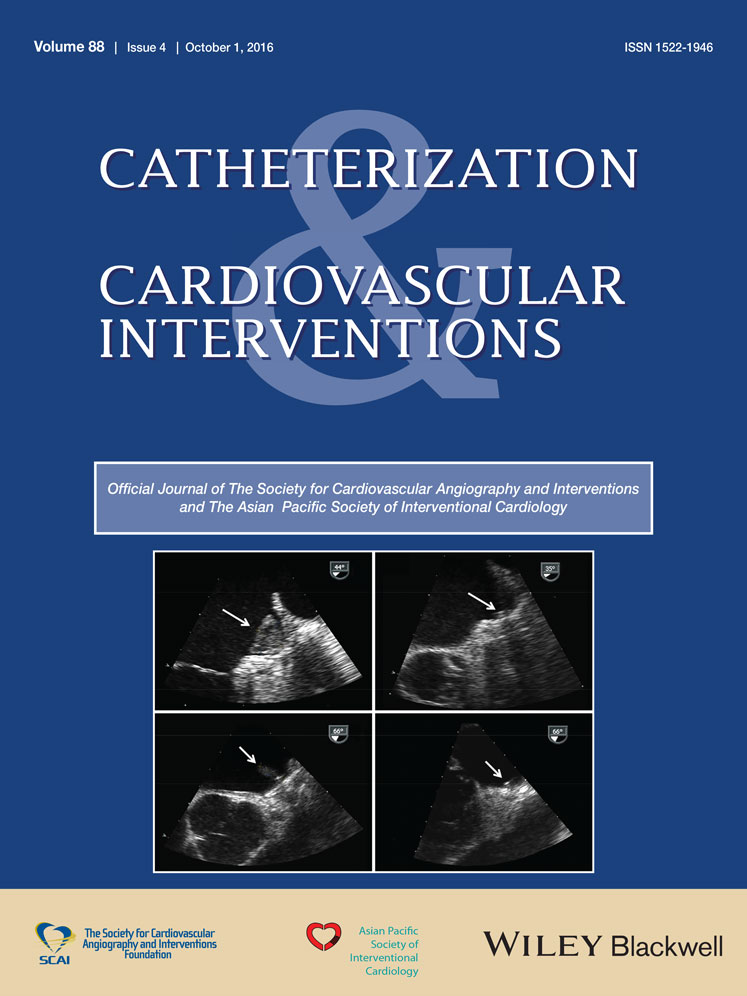Prevalence of aspirin resistance in Asian-Indian patients with stable coronary artery disease
Abstract
Objective
To evaluate the prevalence of pharmacological resistance to aspirin therapy by measuring platelet functions using the technique of light transmission aggregometry.
Background
Aspirin is the cornerstone of antiplatelet therapy in patients with coronary artery disease (CAD). However, a substantial proportion of patients manifest breakthrough thrombotic events despite regular intake of aspirin suggesting therapeutic resistance to aspirin.
Methods
We prospectively studied 126 patients with stable coronary artery disease at a tertiary center, who were recruited after ensuring compliance with a single formulation of aspirin (enteric coated aspirin 150 mg). Platelet aggregation was measured using light transmission aggregometry with ADP (10 µM) and Arachidonic acid (0.5 mg/mL). Pharmacological aspirin resistance was defined as the combined demonstration of mean platelet aggregation of ≥70% with 10 µM ADP and a mean aggregation of ≥20% with 0.5 mg/mL A.A. Patients satisfying either one of the above criteria were defined as semi-responders. Patients satisfying neither criterion were defined as “aspirin responders”.
Results
Out of 126 patients with stable CAD, 64 % were responders, 36% were non responders (semi-responders = 34% and resistant = 2%). Of the laboratory parameters, only the total leukocyte count was significantly associated with the presence of aspirin resistance (P < 0.03).
Conclusion
Pharmacological resistance to aspirin is noted in 36% (semi-responders = 34% and resistant = 2%) of Asian Indian patients with stable CAD. Long-term follow up of these patients will assist in determining the clinical importance of this phenomenon. © 2014 Wiley Periodicals, Inc.




